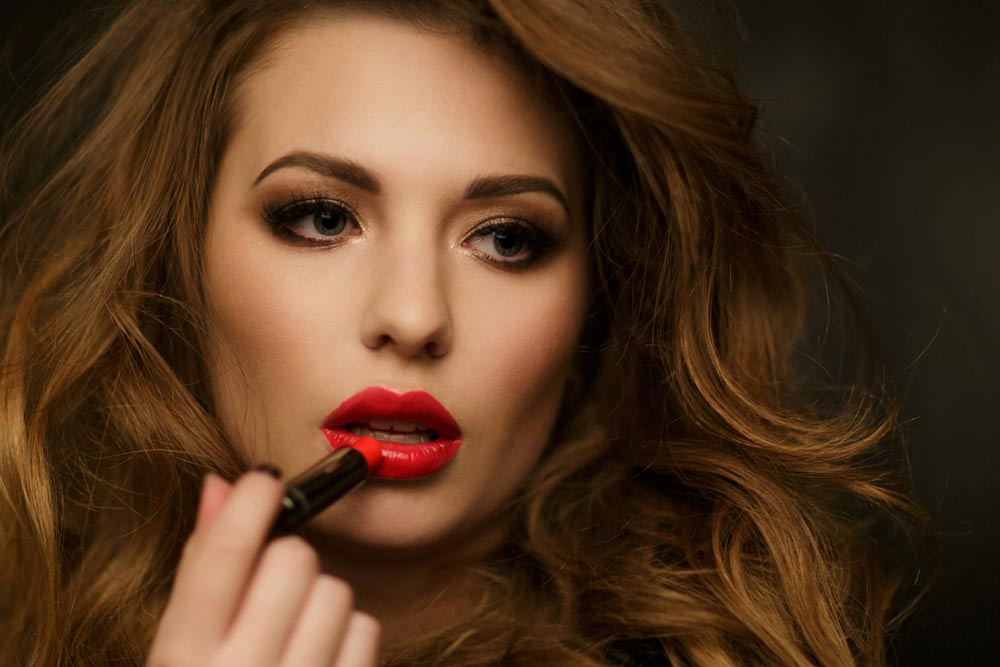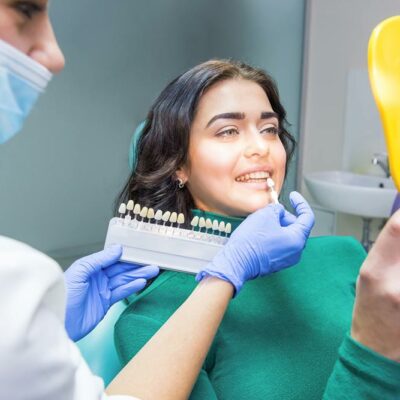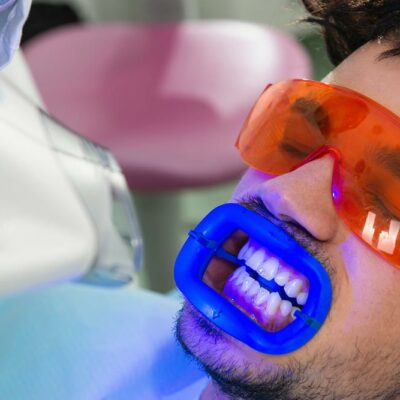
7 Tips for Buying the Right Lipstick
For those counting the number of lipstick shades in their cosmetic bag, it may be possible that every hue imaginable could be in one’s collection, even some that have hardly been touched. This could result from a color gripping one’s attention in the store but not looking pleasing upon trying. To avoid such scenarios and not getting duped, here are seven buying tips to help one select the perfect shade of lipstick.
1. Apply as per the lip’s natural shade
Depending on how one’s lips curve, one can apply lipstick in the following ways:
- Thick upper lip: Use a darker lipstick shade on the top lip and a lighter shade on the lower lip.
- Thick bottom lip: Any shade that complements the skin on one’s lips, plus a hint of light nude in the middle of the top lip, defines a thick bottom lip.
- Asymmetrical lips: Outline lips with a lip liner that matches the color of the lipstick.
2. Choose as per skin tone
Undertones can be broadly classified as cool, warm, or neutral:
- Cool undertones: Medium skin tones: pink or crimson; tan or deep skin tones: ruby or wine; fair or light skin tones: soft mocha or nude.
- Warm undertones: Medium, brown, or deep skin — copper or bronze tones; fair or light skin — pale pink or peachy nudes.
- Neutral: A broad range of hues in both warm and cool tones.
3. Opt for a matte or glossy finish
Matte lipsticks have a dry and dull finish, while glosses give the lips a moist, shiny, and sometimes stunning appearance. Although matte lipsticks are known to last longer and create a more dramatic look, they can also cause dryness. However, a matte gloss option has less shine and a wet finish. Some people prefer glosses because they are less dramatic and more hydrating.
4. Match lipstick with the makeup
The most crucial factor in coordinating one’s lipstick with the rest of the makeup is to match the intensity of the color to the rest of the appearance. For instance, dramatic eyes and bare lips don’t mix well together. The same is true for naturally red lips.
5. Consider teeth color
Since the teeth and lips are the closest anatomical features, it is important to consider the following while selecting one’s lips color:
- White teeth: One can select any hue one desires.
- Yellow teeth : Light red, pink, and somewhat orange. Steer clear of red hues like magenta, brown, and burgundy, as these colors will enhance the yellow tinge of the teeth.
6. Work with hair and eye color
One’s hair and eye color might also influence the hue of lipstick that works best on them. Considering the color contrast between one’s features will help one choose the lipstick shade that goes best with them. To ensure the appearance is balanced correctly, one must determine if one has light or dark features and match accordingly.
7. Always try lip shade under natural light
Try to get outside in natural light to look closer at a new lipstick when purchased from the store. Every hue seems impressive, thanks to the retailers’ glam lighting, which is usually deceptive. Instead, go outside and see up close during the day. One needs a shade that is effective throughout the day and at night.


